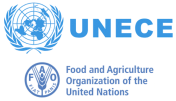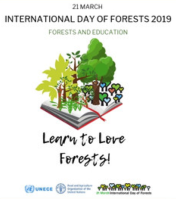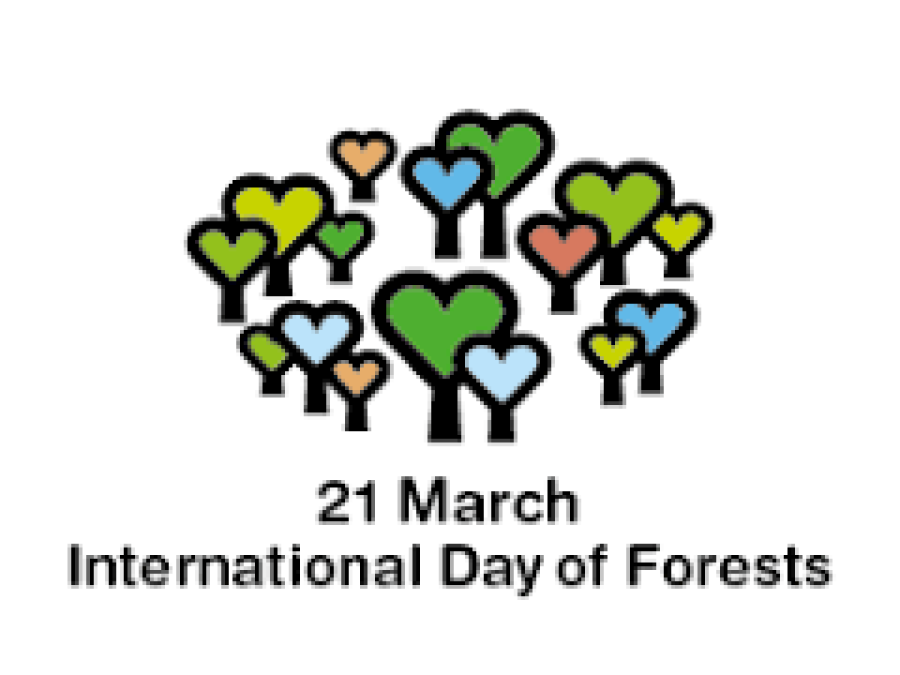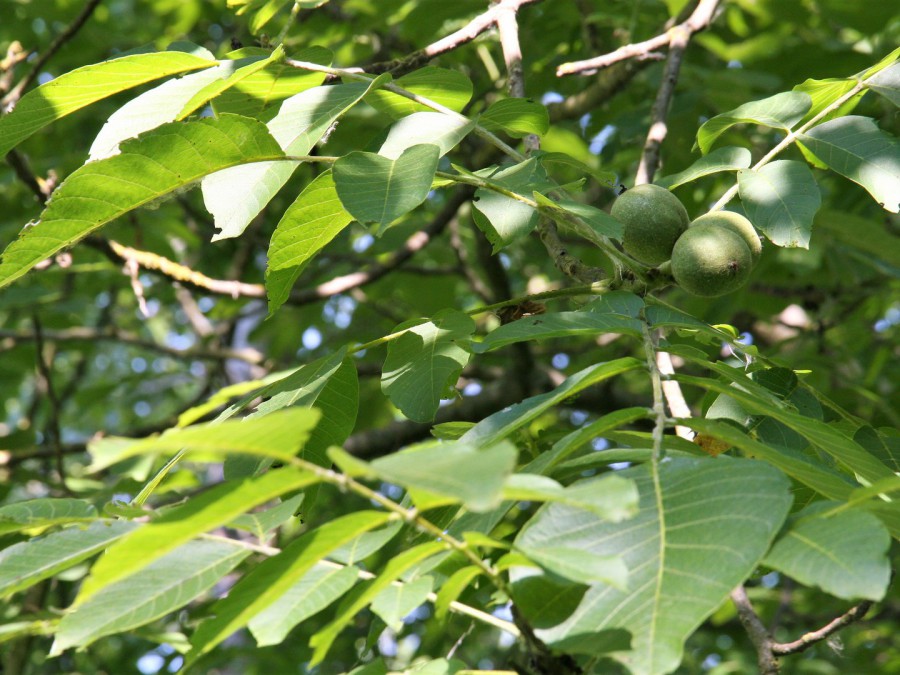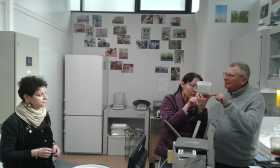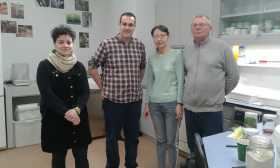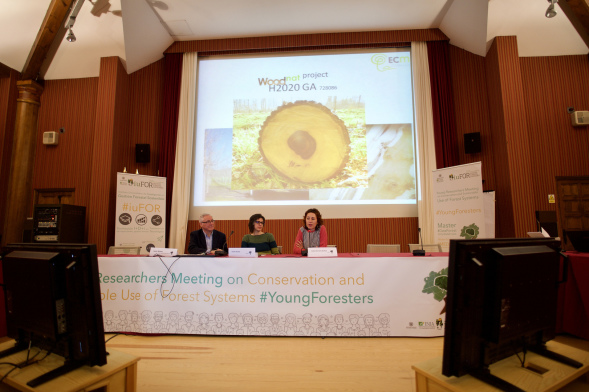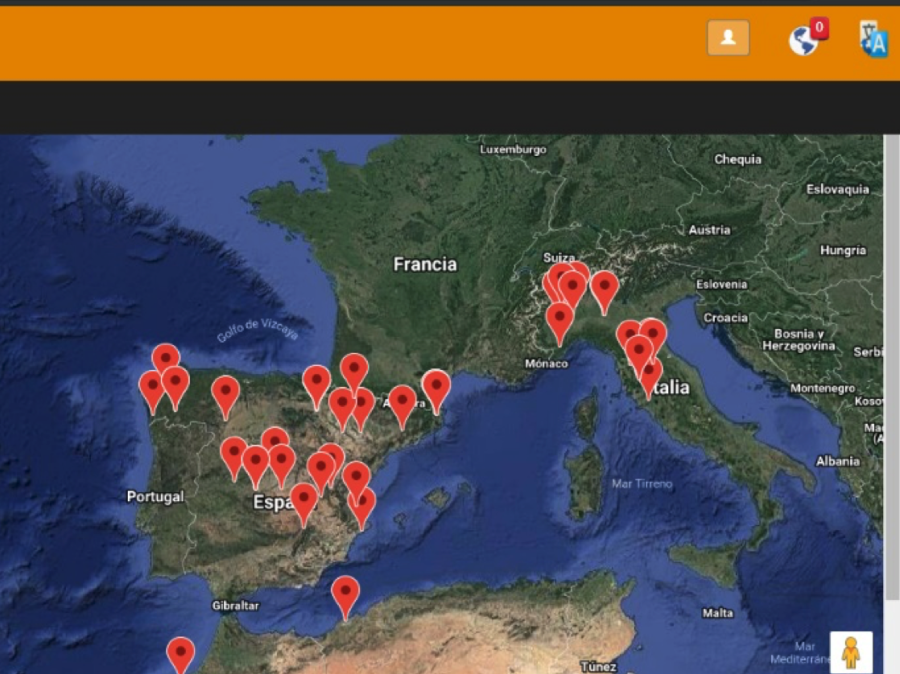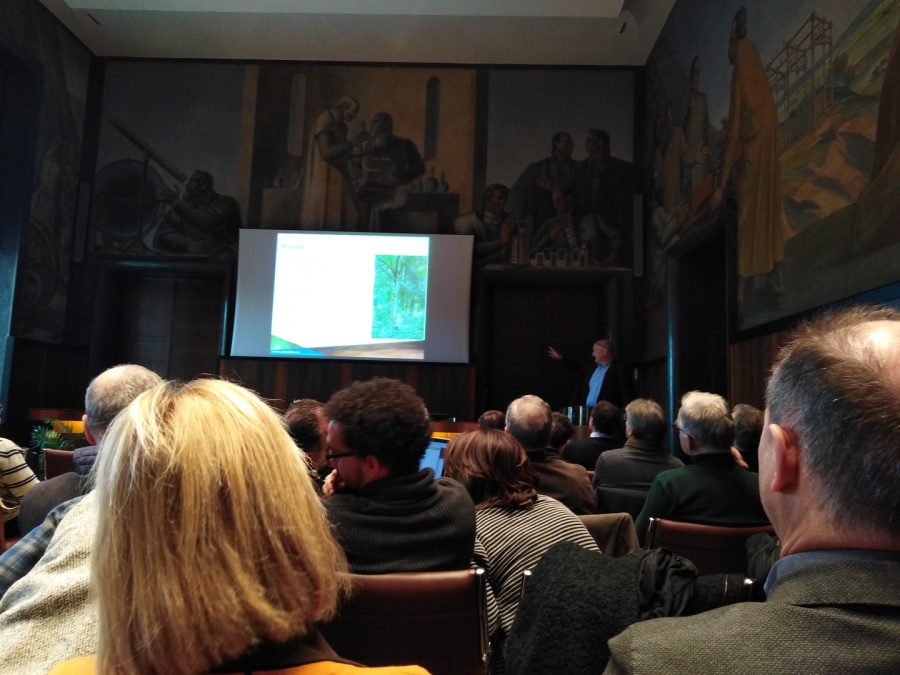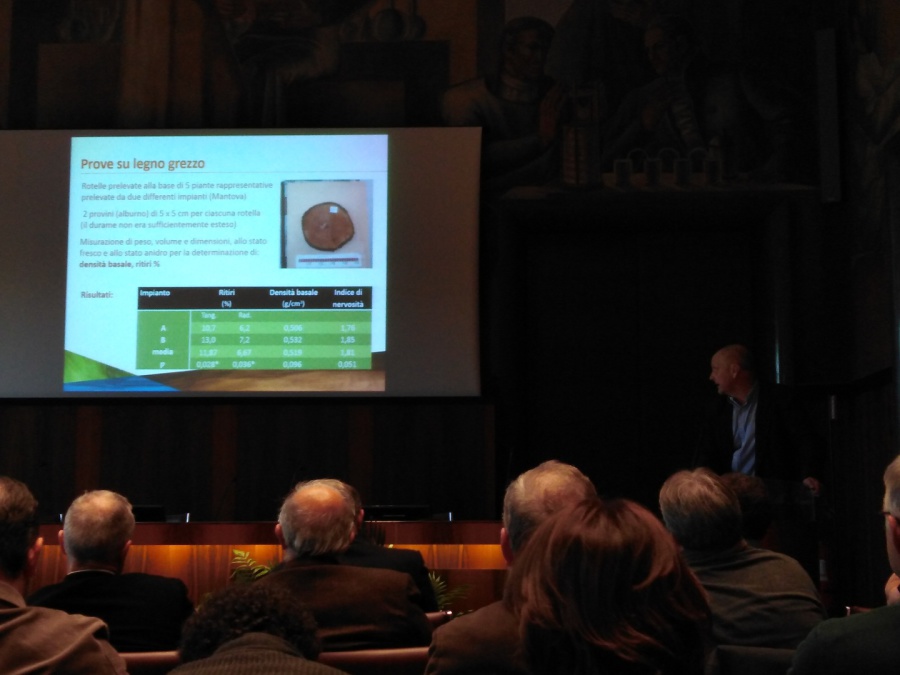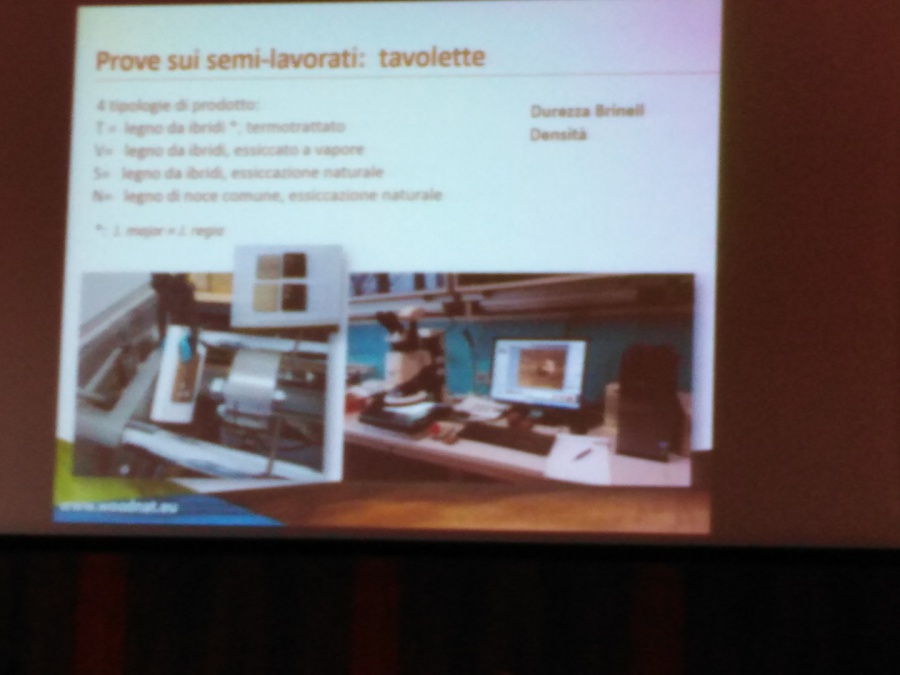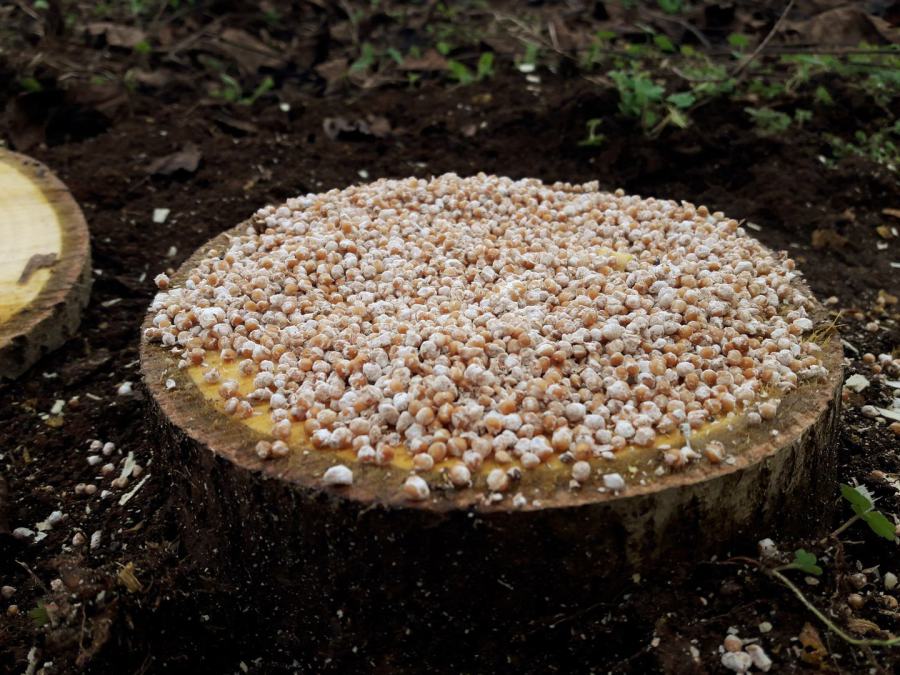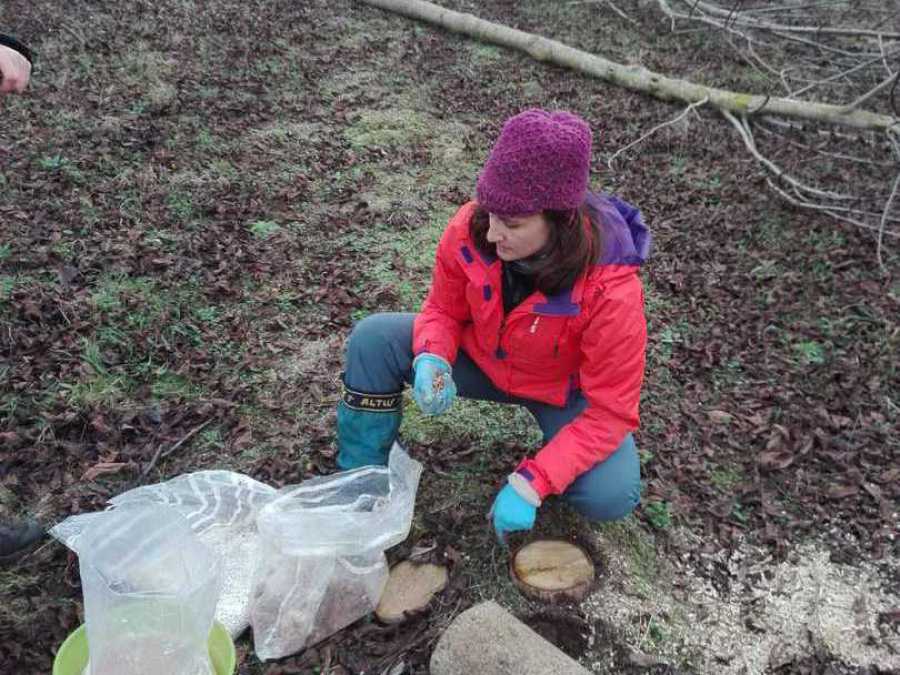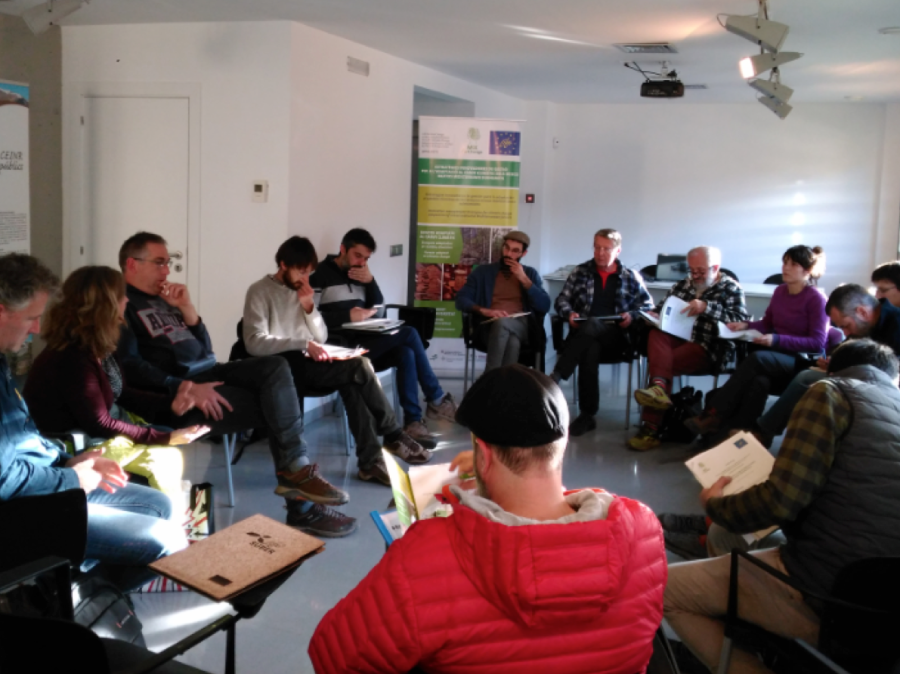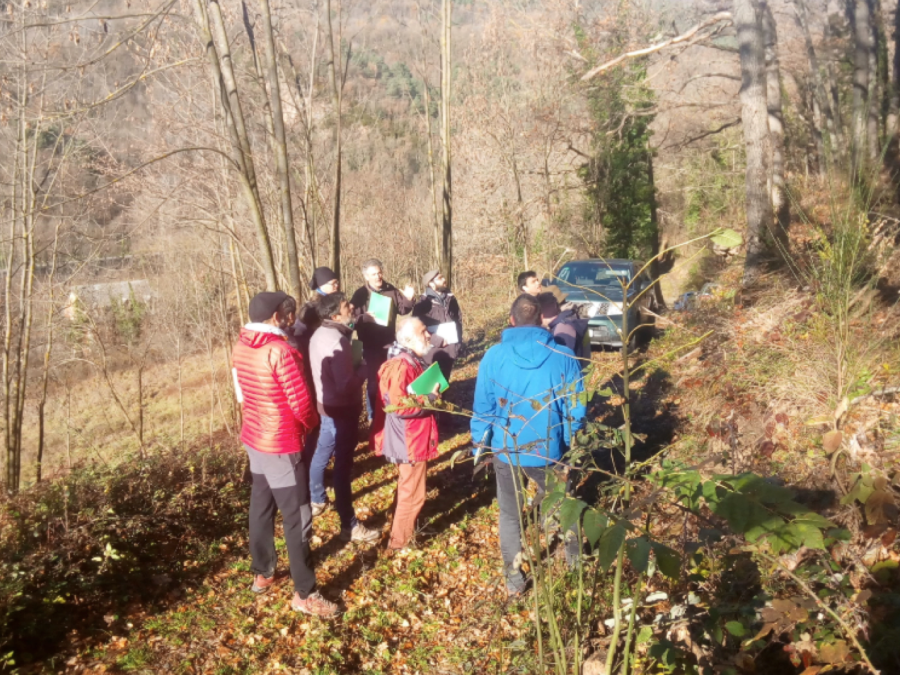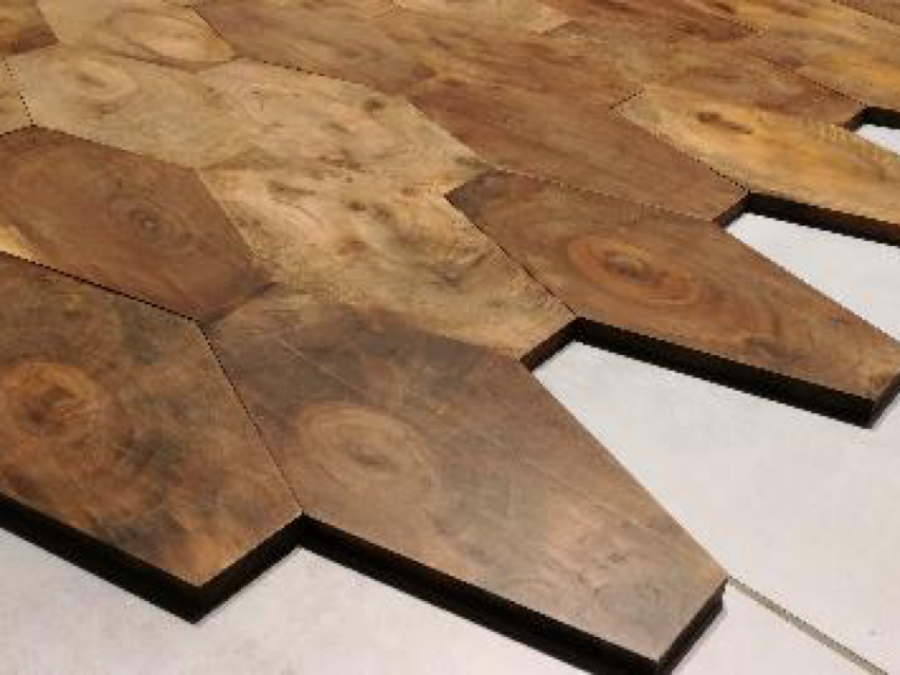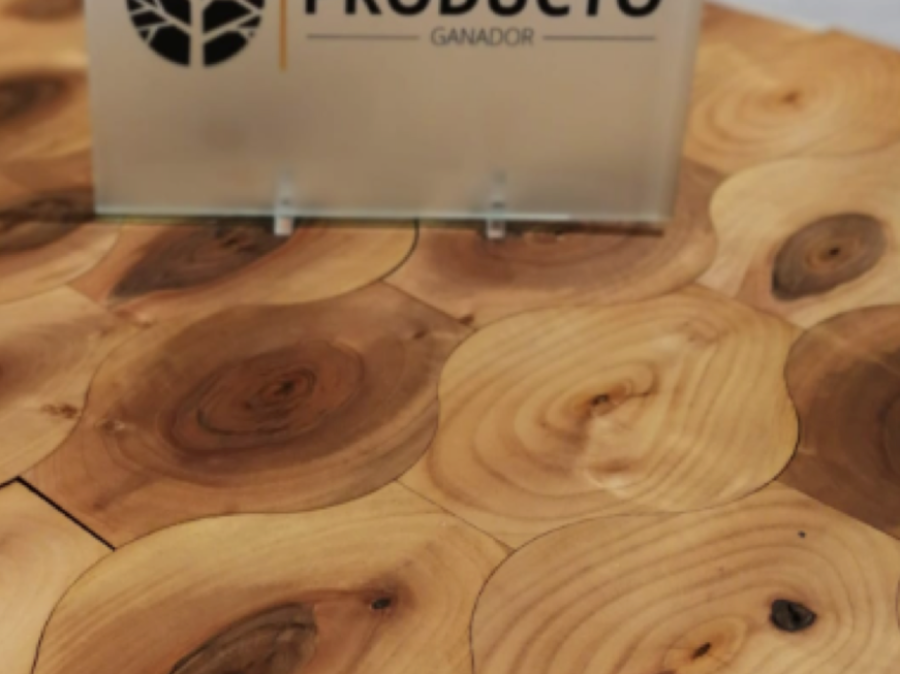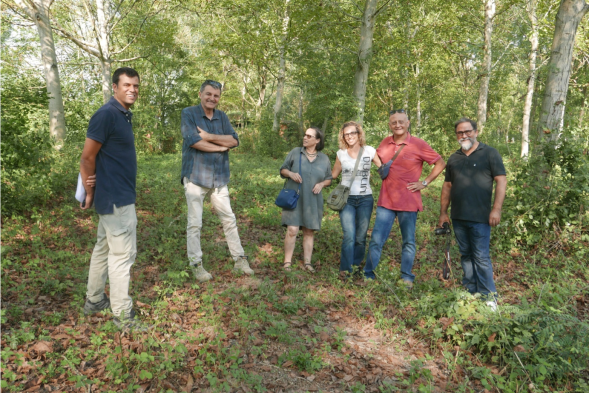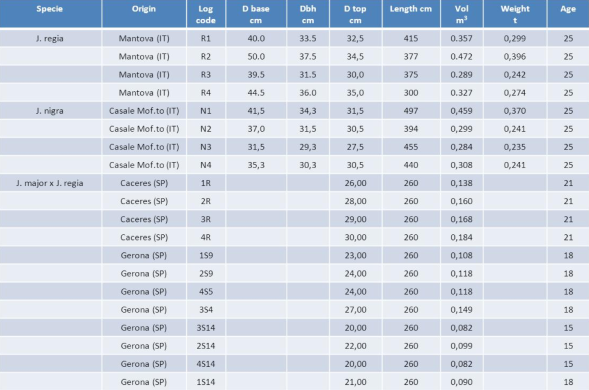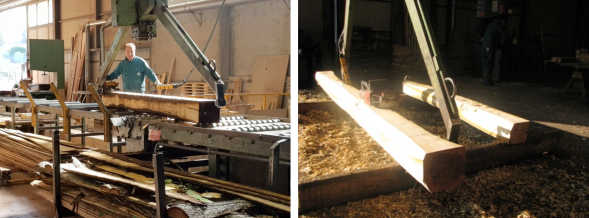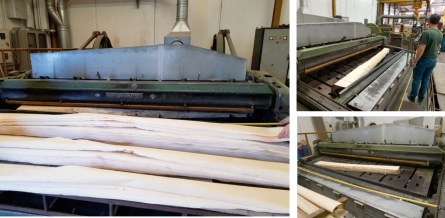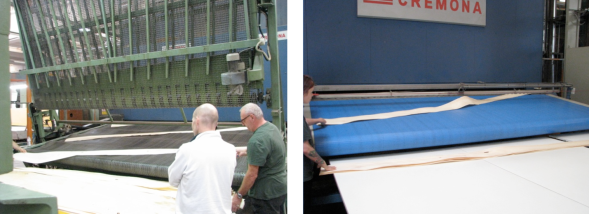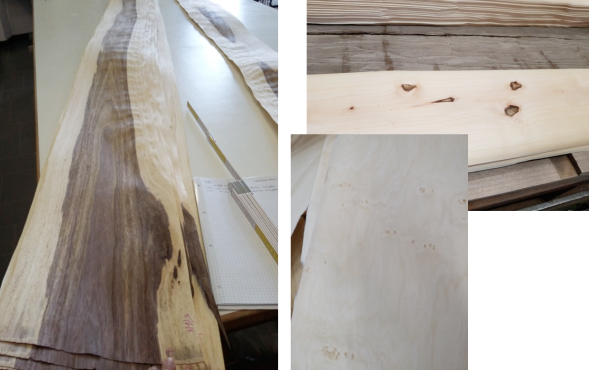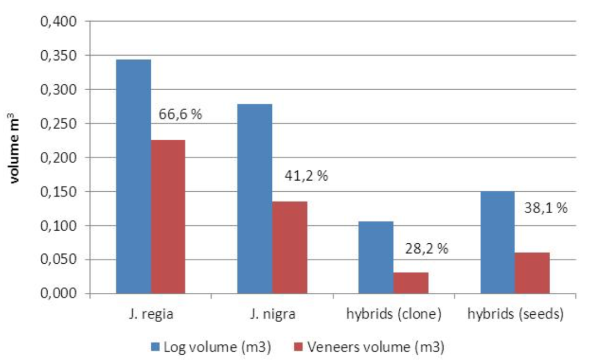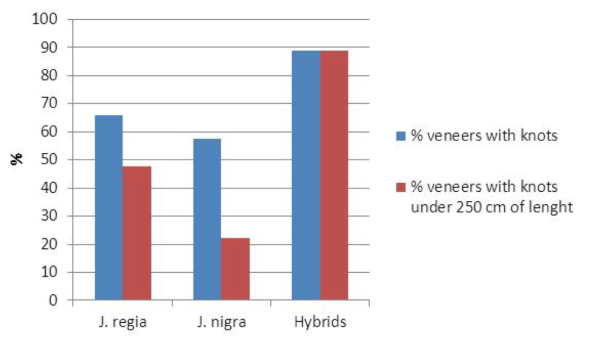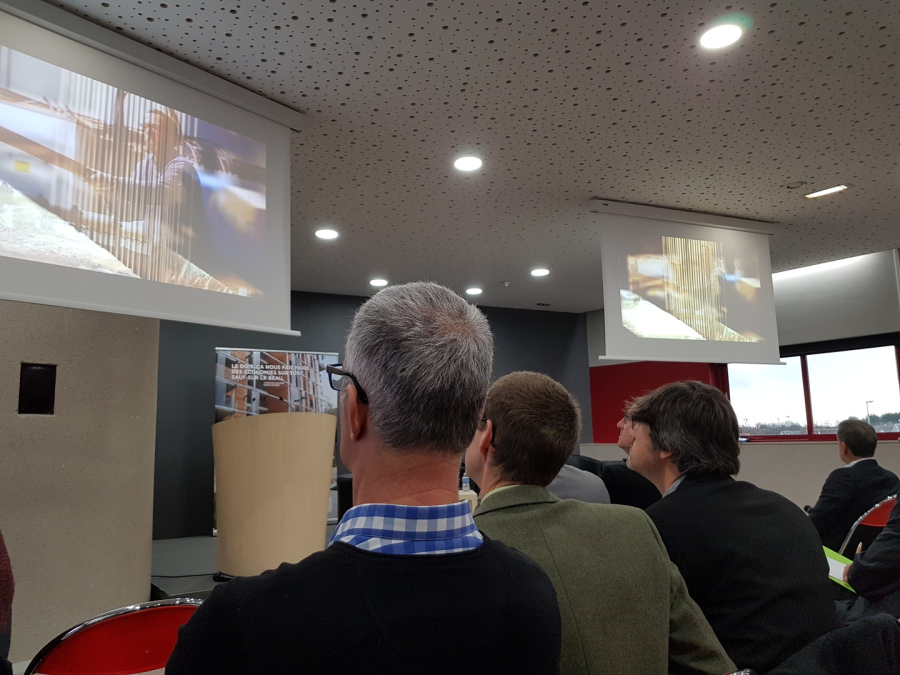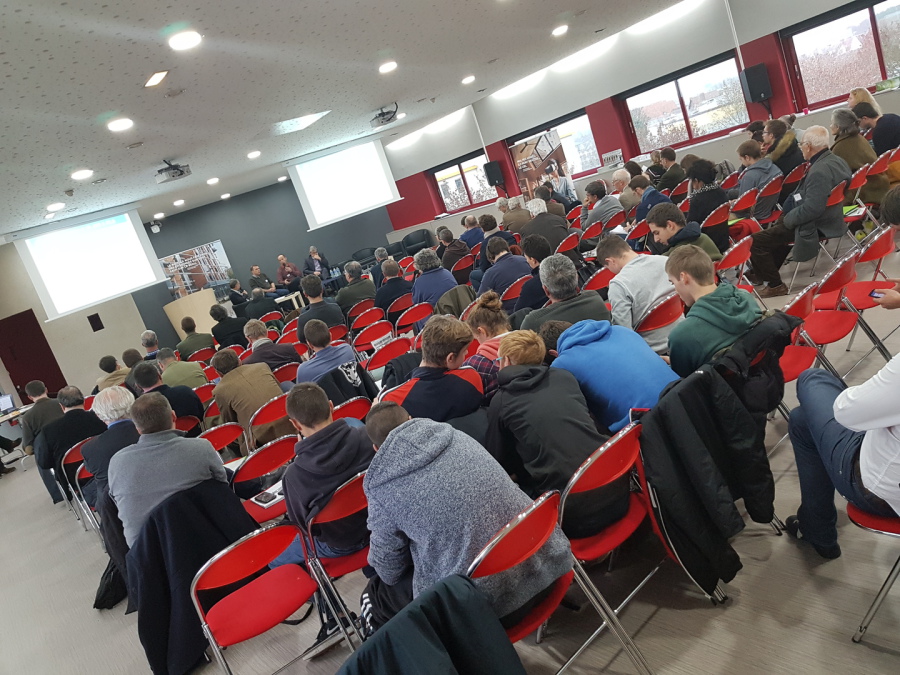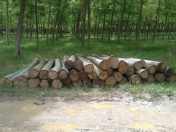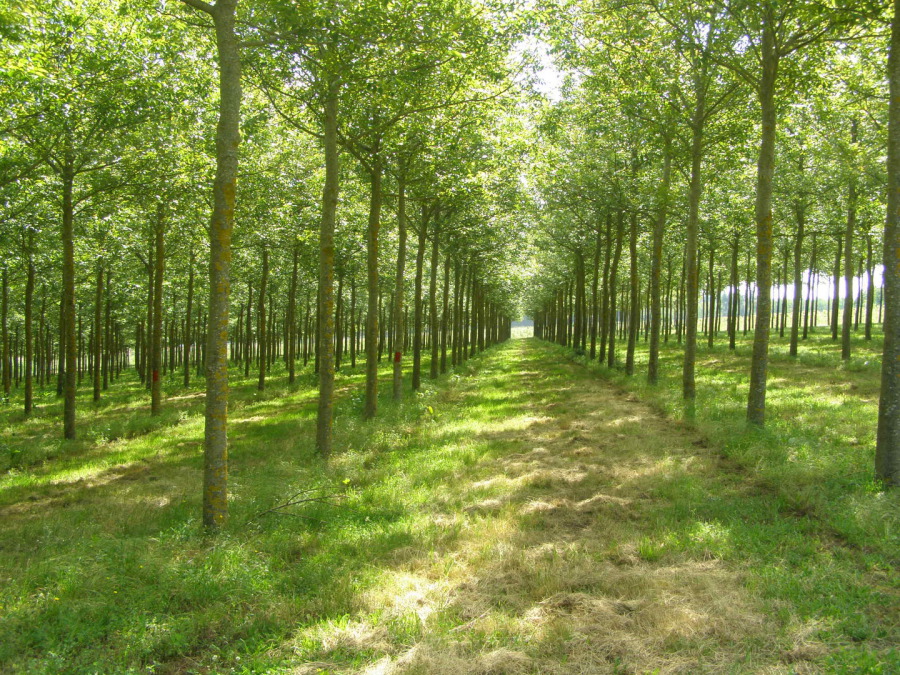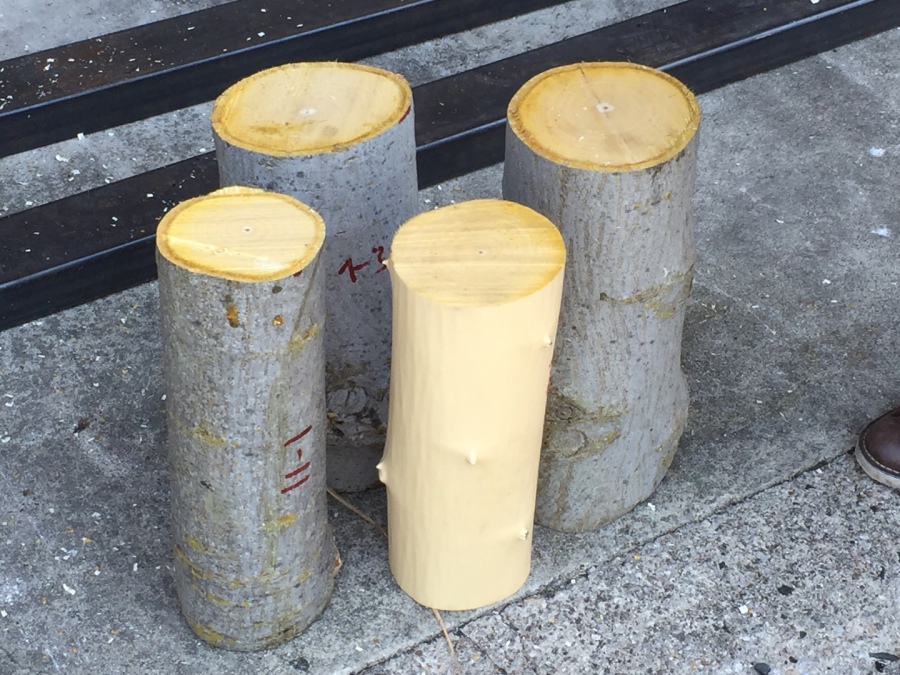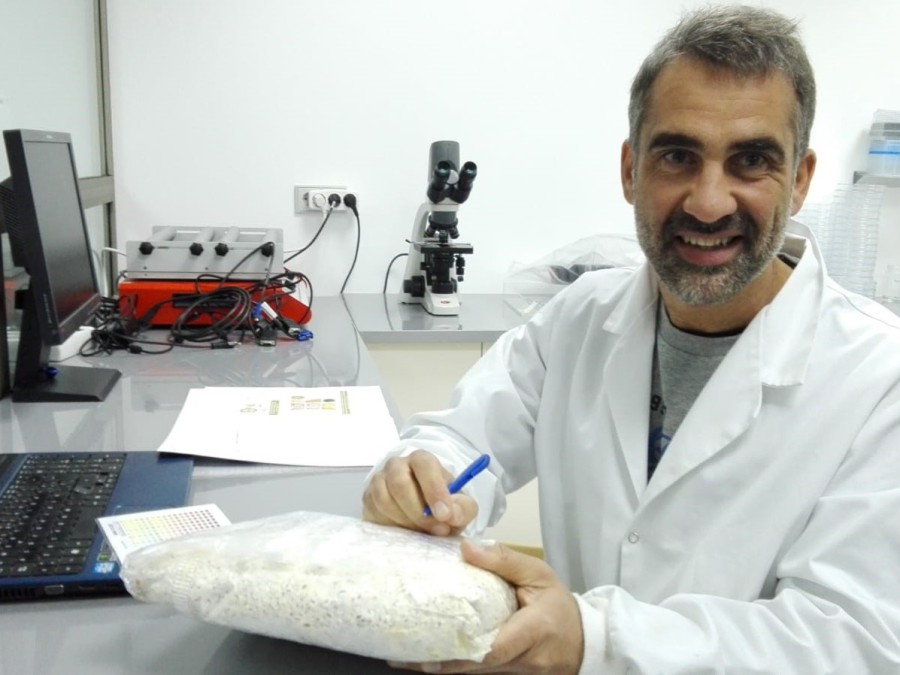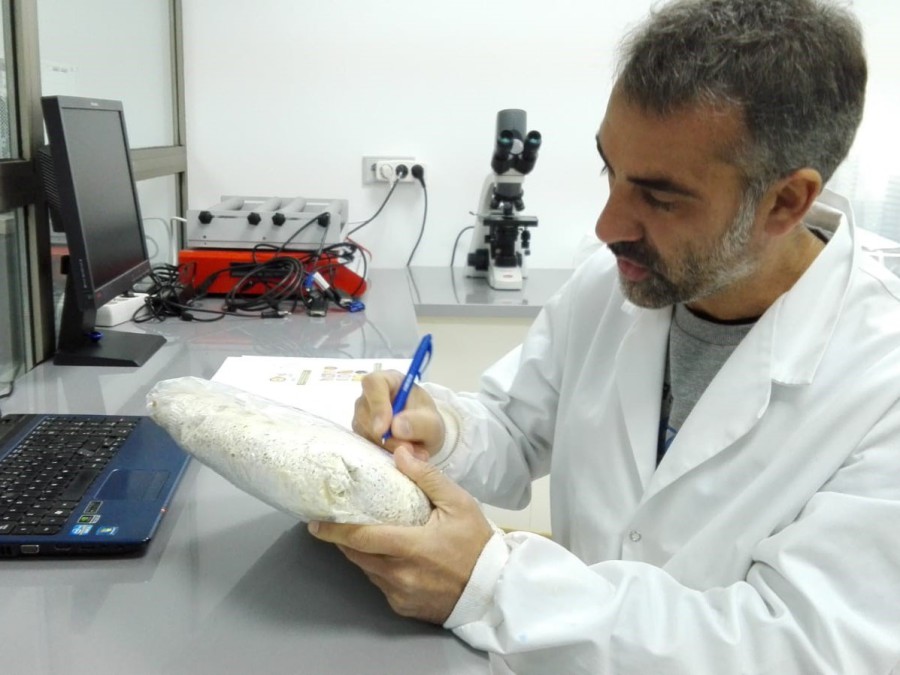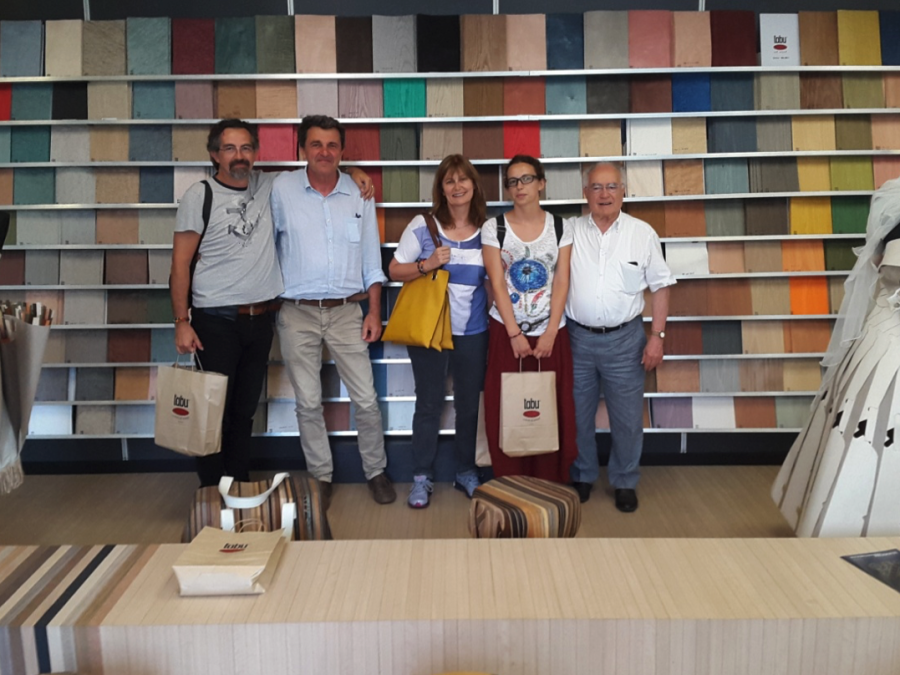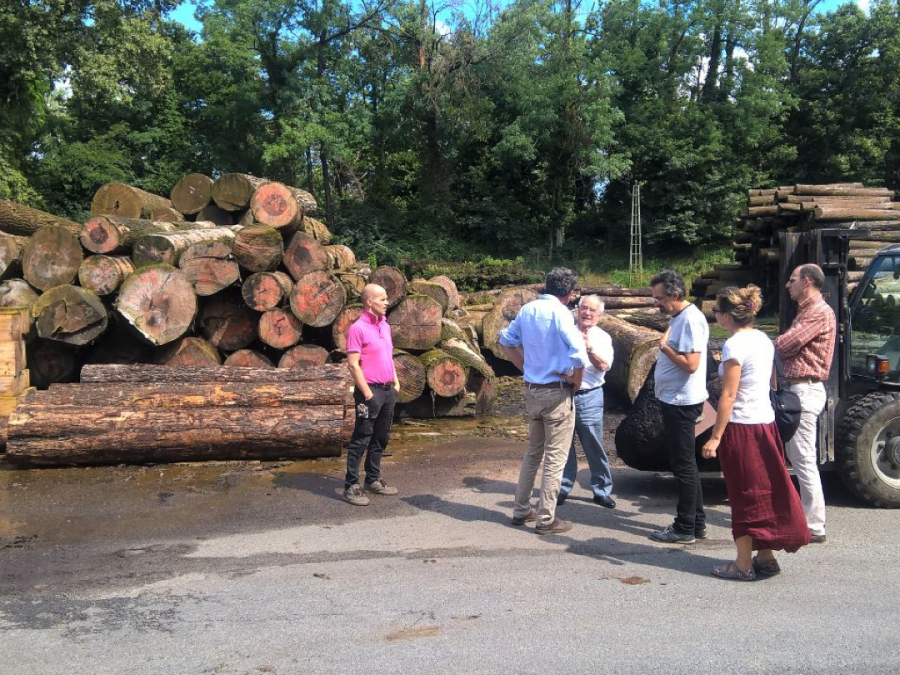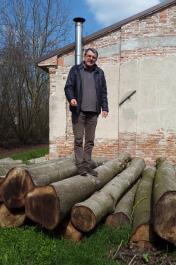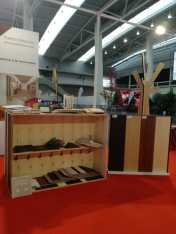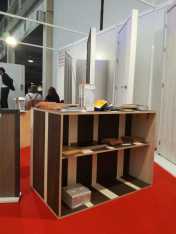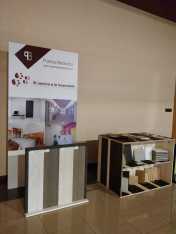WOODNAT IN THE FOREST INFORMATION BILLBOARD
The purpose the Forest Information Billboard is to share specific information on forest reporting including advances in reporting processes as well as related projects, publications and events. Contribution to the Billboard is voluntary.
Initiative for the billboard was made by member States in March 2012 at the meeting of the Joint UNECE/FAO Working Party on Forest Statistics, Economics and Management, when the need for a more frequent and regular communication on forest information relevant developments in the UNECE region was discussed.
https://www.unece.org/index.php?id=51430
Woodnat: Second generation of planted hardwoods forests in the European Union
The Woodnat project consists of 9 participants from 5 different European countries – Spain, Italy, France, Bulgaria and Romania, covering the Southern arch of Europe. Participants were recruited based on their capabilities, knowledge and complementary skills and how these will be useful to the achievement of the Woodnat objectives. In line with the type of action (IA, Innovation Action) 8 out of 9 are industrial partners, capable of transferring to the market the results of Woodnat project.
9 Partners
WOODNat aims at providing for the first time an integral approach to walnut hardwood supply chain from nurseries to close-to-market wood products. Although many projects and tools have been developed in the past to promote a sustainable management of hardwood plantations, most of them have failed due to lack of a global approach. Woodnat consortium gathers 9 players representing the whole walnut hardwood value chain across Southern Europe willing to collaborate to generate added value: SEISTAG, INDUSTRIAL PLANTS, CREA, BOSQUES NATURALES, ECM, WAF, LOSAN, ASIMOV and WALE.
More information: www.woodat.eu
This project has received funding from the European Union’s Horizon 2020 research and innovation programme under grant agreement No 728086
International Day of Forests 2019
The UN General Assembly proclaimed 21 March the International Day of Forests in 2012. The Day celebrates and raises awareness of the importance of all types of forests. On each International Day of Forests, countries are encouraged to undertake local, national and international efforts to organize activities involving forests and trees, such as tree planting campaigns.
The theme for 2018 was ‘Forests and Sustainable Cities’, so this year there is also a particular focus on making cities a greener, healthier, happier place to live.
The key messages of 2019, focusing on the benefits of forests and sustainable cities are:
- The role of trees in mitigating the impact of climate change.
- The positive effects of trees on local climate.
- Urban trees as air filters, removing pollutants and making cities healthier.
- The role of trees in reducing noise pollution in urban areas
- The positive impact of urban green spaces.
- Forests in and around urban areas contributing to water regulating and filtering.
- How urban forests contribute to local economies through city beautification and tourism.
- The provision of renewable energy.
- How trees can provide a source of fruits nuts and leaves to local populations.
Many countries will be marking the day by organizing activities such as tree planting campaigns, a list of events can be found at www.fao.org/international-day-of-forests You can also get involved on social media by using the hashtag #intlForestDay.
http://www.unece.org/fileadmin/DAM/timber/meetings/2018/20180321/idf-letter-002.pdf
https://www.awarenessdays.com/awareness-days-calendar/international-day-of-forests-2019/
Researchers from the Kazakhstan university visit the Bosques Naturales in vitro micropropagation laboratory by BN
This week (February 19th and 20th 2019) we have received a delegation of researchers from the Kazakhstan University in the Bosques Naturales SA in vitro micropropagation laboratory in Madrid.
Professor Sergey Nikolayevich Oleichenko (PhD) and the PhD candidate Ms. Togzhan Kadylbekovna Egizbaeva (MSc) are very interested in the in vitro micropropagation techniques for walnut production as they want to introduce this technique in their country.
In Bosques Naturales SA we showed them our laboratory and shared with them about our experiences in the clonal walnut production using in vitro micropropagation
techniques. Of course, we were also sharing our experiences regarding the Woodnat project and exploring the possibility of future collaborations.
ECM’s team presented their findings about the task “Stump degradation by fungi” in walnut plantations in WOODnat Project in the XIII Young Forest Researchers Meeting.
ECM had the opportunity to explain its role and the main results obtained in one of its tasks, the task 2.3 Stump degradation by fungi in the Woodnat Project (Innovation Action GA 728086).
The methodology carried out to remove the stumps, in order to create a new plantation, and the different experimental designes carried out to evaluate the biological treatment, in comparison with the other treatments (chemical and control), were explained to the scientific audience. ECM showed that, after statistical analisys, hopes the results are very positive and increase the economic profit of the walnut plantations, due to the additional value which can be obtained during mushroom seasons in spring and autumn.
The conference of ECM was included in the ROUND TABLE & DISCUSSION ON RERSEARCH & SOCIETY. The meeting, the Annual Young Forest Researchers Meeting, is an activity designed for networking and ideas exchange between students and professors from different masters (scientific, professional and MEDfOR) and doctorate studies on Conservation and Sustainable Use of Forest Systems at University of Valladolid (Campus of Palencia). The meeting was hold in Valsaín (Segovia, Spain) from 31th of January - 1st of February 2019.
Abstracts of this meeting will be published in a book of abstracts with a ISBN reference.
Do you want to plant walnut? Do you own a walnut plantation? Are you a company related to the walnut sector?
WAF and Bosques Naturales, are working on the final version of the Woodnat App.
After several meetings throughout this year the web and the app are near to take off.
Working on the Beta version, the details of the App are being finalized to move to the dissemination phase.
The App has a map that includes all the plots that have been studied in the project from both Italy and Spain. And is possible to login as the different roles of the stakeholders involve in the Walnut value chain.
For the menu of the section Do you want to plant walnut? We have contacted different nurseries in the sector. It has been noted that currently in Spain the walnut
plant for wood has a market that fell more than 10 years ago, but their feelings are optimistic when re-marketing clonal walnut plant, and see the work being done in The App as very favorable when it
comes to going back to the market with this product as it is a trend that is being installed in rural areas.
Woodnat at Rural National Network, Rome 12 December 2018 by CREA
Results from the first part of Woodnat project have been presented during a workshop planned in the framework of the Rural National Network in Rome, in the last December.
The workshop titled “Tree farming plantation, rural land afforestation and agroforestry” took place at CNR headquarter (National Research Council) and was attended by experts from the research and professional work. Around hundred people have participated.
During the morning an oral talk by Dr. Francesco Pelleri showed to the audience results hold by CREA within the WP1 (Learned lesson old plantations) and WP4 (Final transformation wooden product).
The afternoon focused on issues high lightened in the morning by two round tables on the Italian Rural Development Plan (PSR) measures 8.1 (Afforestation on rural land) and 8.2 (Agroforestry).
Woodnat experience made a significant contribution to the discussion thanks to the fine analysis of causes of plantations failure and success and the stressed role of a good management than directly involved professional workers.
The workshop has been an important opportunity to face the professional world that play a crucial part for the development of tree farming plantation in Italy.
ECM’s team carried out the third biological degradation stump in Bosques Naturales walnut plantations in Boimorto (A Coruña) in the context of Woodnat Project by ECM
After harvesting a tree plantation, it is neccessary to manage the stumps. This managment could be done by removing through heavy machinery, which is expensive and dealt
with soil compaction problems, chemical using herbicides or, alternatively, stumps could be left to rot naturally thanks to the action of wood-decay fungi.
ECM carried out the third stump degradation process in walnut plantations in the context of Woodnat Project, within the WP2. ECM was suported by Bosques Naturales personnel to target the objective. More than 200 trees were cut down and inoculed by mycelium of Pleurotus ostreatus (60 trees), Lentinula edodes (56 trees) and Trametes versicolor (61 trees) fungal species. 30 trees were also cut down and considered as control, without treatment. In addition, soil samples were recorded in order to determine the Carbon stored in the soil of the plantation, as well.
This action is integrated within the task 2.3 (“Fungi identified to degradate stumps”) to assess the efficiency of stump degradation as a sustainable, natural and
free-toxics method to manage the stumps in walnut plantations.
COLLABORATION BETWEEN WOODNAT AND MIXFORCHANGE PROJECTS
On Tuesday, December 11th, the forestry team of Bosques Naturales S.A. participated in the Second Meeting of the Committee of Experts of the project MIXFORCHANGE http://www.mixforchange.eu/es/ in Ribes de Freser (Girona), with the title: "Hardwood quality wood: current status and future expectations". In
total 16 people participated, with representatives of the processing industry (sawmills and cabinetmakers), specialists in wood technology and forest management.
The main objective of the Meeting was to discuss the evaluation criteria of the current and future commercial potential of the timber of some species of hardwoods
object of the project.
Was interesting to talk about the different and common problems of this hardwood species produce in planted forest models or in the natural forest.
In addition, the first version of the "Protocol for the identification and visual classification of the quality of oak, ash, maple, cherry and chestnut wood",
developed by the CTFC http://www.ctfc.cat/ and the CNPF https://www.cnpf.fr/ within the framework of the project, was
presented. The protocol of identification and visual classification of the quality of the wood will be published during 2019.
Award for a product made with small diameter walnut from planted forest of Bosques Naturales S.A.
In the last 4 of October in Tarragona, was the annual convention of FEPM www.fepm.es (the Spanish Federation of Parquet Producers). The innovative walnut floor from
WOODNA [www.woodna.es] the brand of Bosques Naturales to commercialized the wood products) won the award of the Best product of 2018 [http://www.fepm.es/premios/mejor-producto].
The award rewards manufacturers or distributors of products or machines that have been presented this year.
This innovative product was presented in our showroom located in Madrid and the interest from architects and designers has been expressed, they value the three main characteristics of WOODNA floor: important environmental features, customizable design and excellent technical properties. More details of the product are summarized in the WOODNA webpage [https://woodna.es/en/floors-and-panels/geometric-oval-grain-walnut-wood/]
This innovative floor is manufactured from sustainable walnut wood from the planted forests of Bosques Naturales SA in Spain, with only twelve years old trees.
Product: Woodna Oblicua Geométrica
Making by: Bosques Naturales, S.A.
Trials of walnut veneers production at TABU S.r.l., Italy by CREA and Bosques Naturales
Following the agreement among Tabu s.r.l, Francesco Mattioli and Bosques Naturales, walnut owners and growers (Fig.1), in autumn 2018 it was possible to carry out some tests for the production
of veneers from walnut trees coming from thinning.
The following trees were chosen (tab. 1): four trees of common walnut (J. regia) coming from Mantova province, four trees of black walnut (J. nigra) coming from Casale Monferrato and 12 trees of
hybrids (J. major × J. regia) coming from Spain. The trees were all between 18 and 25 years old, the diameters at breast height were between 29 and 38 cm. The logs of common and black walnut were, in
average, 3,5 – 4,0 m long, while the logs of hybrids were shorter: 2,6 m long. In general, all the logs were smaller if compared with those normally worked by Tabu.
The trial followed the normal protocol for veneers production: logs were debarked and roughly squared by a band saw, then they were placed in water at 80 °C for about two days; these initial procedures are necessary to make the trunks workable with the blades.
Whole logs were put in the slicer, given the small size, and were turned once the central part of the trunk (with too big knots) was reached.
The first veneers obtained, irregular and very small or short, were discarded. Being the log quite small, the discards weighed heavily on the final yield; moreover, the frequent presence of open big knots in the trunk also caused a loss of yield.
The following tables and figures explain the trial result; these results were reported during the ‘4° International Congress on Planted Forests’, Beijin, China, and at the ‘Rete Rurale’ meeting, held in December in Rome; they will also be utilized for a future publication.
1 – Logs tested
2 - Logs preparation
3 - Slicing
3 - Measurements and evaluations
For each log, every 30 veneers one was sampled, numbered and measured (width at the base and at the top in the fresh state)
5 – Drying
All veneers were dried for few minutes to reach about 12 % of moisture content
After this operation, our samples were transported to the CREA laboratories for further measurements, while the others continued the normal production process of Tabu.
6 - Other measurements in CREA laboratory
Veneers were measured after drying to evaluate shrinking and total veneer yield. Moreover, type, position and number of knots were recorded.
The knots represent one of the main problems for slicing process, affecting both quality of veneers and coloration process. Open knots damage the blade of slicer, which leaves a deep mark on the
following wooden sheets; the machine must be stopped and the blade sharpened manually before proceeding. Knots of this kind cannot be accepted and the log must consequently be discarded. Sound knots
do not cause problems to the blades but they affect the aesthetic of the veneer and cause unintended variations in the coloring process; therefore, also sound knots constitute a problem.
7 – First results
Due to the small dimensions of trees and to the high percentage of knots, the yield was quite low for all logs. Small dimensions can be admitted if trunks are of high quality, with regular and
straight shape, with low tapering and without big knots. The of hybrids walnut had a lot of small sound knots, probably depending on the genotype, but few open knots, while the common and black
walnut trees had many more knots. Trees of this kind are not normally accepted by veneers industry, except at a very low prices. Tabu has however shown interest in the younger
plantations if good quality is obtained through thinning, pruning and adequate growth of the trunks.
Woodnat at Fibois Hauts-de-France by Wale
December 7th, 2019, Wale was invited by FIBOIS to make a presentation international wood flows of wood products, positioning and marketing.
Fibois Hauts-de-France is the professional association of the wood forest sector of the region Hauts-de-France. The structure brings together all the professionals of the sector: private and public forest owners, loggers, forest cooperatives, forestry experts, sawyers, carpenters, carpenters, wood builders, cabinetmakers, planners, paper manufacturers, packers, nurserymen ... and federate their representatives within the same regional network.
Missions :
- Coordinate the economic, social and environmental development of the wood forest sector through the Sector Contract and the Regional Wood Center of Excellence
- To be force of proposal of action plans in the general interest of the sector
- Play the interface role with local policy-makers and politicians
- Inform the Hauts-de-France region and the State services of the wishes of professionals in the sector
- To be the place of exchanges for all the actors of the sector (from the nursery to the architect), with a view to the creation of regional short chains
- Develop the use of wood in all its forms through promotion and awareness actions
- Publicize the products and know-how of regional businesses, wood trades and training institutions
- Ensure business intelligence and business information, foresight and information relay of various partners in Hauts de France
- Support individual and collective projects of regional companies
- Participate actively in the orientation of the regional development policy of the forest forest sector
In that context, Wale presented December 7th, 2018 international flows, evolution concerning the needs concerning plantation.
During this meeting WALE presented a SWOTmatrix concerning wood products. This analysis helps to measure risks and rewards while also identifying the key factors related to accomplishing the stated objective. It was a great opportunity to work with this association and to present Woodnat project.
Document Adobe Acrobat [376.8 KB]
Woodnat project is communicating through LCB publication - by WALE
- Number of members: 122
- Product types: All timber products for construction and restoration work, including softwood, hardwood and panel products.
“France's timber industry association Le Commerce du Bois (LCB) was founded in 2000, bringing together companies specialising in timber and by-product
distribution.
LCB encompasses several major professional groups within the sector; importers, including planed product manufacturers, timber merchants and agents. Its membership are the driving force of the
French forestry and timber sectors, comprising a total of 160 companies, which, between them employ 4000 people and turnover €3 billion a year. They supply a wide range of products, from raw
material from a variety of species and origins, to further processed products, such as planed timber, glulam, panels products and building solutions and systems. Their activities are
certified to industry standards to ensure quality and service to the client.
The LCB's strategy has several key objectives. One is to promote a responsible procurement policy across the French industry through its environmental charter. This covers sales activities as well as
purchase and has been compulsory for members since 2011.
Document Adobe Acrobat [145.7 KB]
ECM’s team is preparing the mycelium material to carry out a new biological degradation stump in Bosques Naturales walnut plantations in the context of Woodnat Project.
After harvesting a tree plantation, it is neccessary to manage the stumps. This managment could be done by removing through heavy machinery, which is expensive and dealt
with soil compaction problems, chemical using herbicides or, alternatively, stumps could be left to rot naturally thanks to the action of wood-decay fungi.
ECM is going to start the second stump degradation action in walnut plantations in the context of Woodnat Project, within the WP2. To carry out this action, ECM has prepared the mycelium material of Pleurotus ostreatus, Lentinula edodes and Trametes versicolor fungal species in the utilities of IDForest’ lab. This mycelium will be used to inoculate the stumps of 200 walnut trees, which are going to be harvested this week.
This action will be the last action planned by ECM in the WP2, in the task 2.3 (“Fungi identified to degradate stumps”) to assess the efficiency of stump degradation as a sustainable, natural and free-toxics method to manage the stumps in walnut plantations.
ECM hopes that the results are very positive and increase the economic profit of the walnut plantations, due to the additional value which can be obtained during mushroom seasons in spring and autumn.
A meeting between walnut growers and processing industry gave good news by CREA
In July 2017 the Research Centre for Forestry and Wood of CREA organized a meeting between some walnut growers and technicians and an important Italian veneer industry, TABU S.r.l.. Growers and
technicians came mainly from the Provinces of Mantova and Cremona; they own many hectares of walnut plantations with different age and layouts; in many cases plantations needs thinning, the trees
have good quality but at the moment the only market they can find is the firewood one! Thanks to previous collaborations, CREA contacted an important Italian industry that works veneers to organize a
meeting: TABU s.r.l was founded in Cantù (Como) in 1927 with the aim to produce veneers of different wood species from all over the world; the company is particularly specialized in the veneer
coloration process and today is able to obtain veneer in any color, according to virtually any request, and is an important reference point for Italian and European architects and designers.
Currently Tabu is mostly interested in black walnut (Juglans nigra), mainly imported from United States; however, thanks to the possibility of coloring the veneers, they could also be interested in
the common walnut wood.
During the meeting the growers and technicians proposed to Enrico Tagliabue, CEO of Tabu, to test their trees of 21-25 years coming from thinning; he accepted, even if the trees were smaller (diameter of 30-35 cm) if compared to trunks normally worked.
The meeting was an important moment for all those present; Tabu had the opportunity to evaluate the possibility to obtain local material, with low transport costs; for them it would also be a big advantage the possibility to plan and design new dedicated plantations to meet their, as they currently supply themselves almost exclusively from forests, with obvious difficulties and uncertainties of supply. The growers, for their part, have had the opportunity to get in touch with this company and with the possibilities created by their new processing technologies.
Finally both parts, thanks to the tests carried, could evaluate problems and strengths linked to the production and processing of common walnut wood grown in dedicated plantations
In the next news trials story and results!
Wood & packaging by Seistag
Packaging is a large market for wooden products. Due to its small dimensions in comparison to applications for building, packaging is also a great opportunity for wooden product with small
dimensions. This is the case for the outputs of Woodnat, as most of the material is produced using the logs of the thinning.
For this reason and as a conclusion of the first Period of Woodnat, Seistag decided to research in the field of packaging. As the Company is working on applications for wooden packaging, visiting EMPAC was necessary. This is the annual Fair of packaging and it was held in Madrid in November the 12th and 13th.
Seistag visited the encounter trying to recover information on two main issues. From one hand, an overview of the existing solutions for packaging based on wood. On the other hand, the opportunity to develop trials based on narrow veneer sheets from European Walnut.
Regarding the use of wood for packaging, most of the solutions presented at the Fair refer to technical packaging for heavy loads (such as DS Smith and NEFAB) or specific solutions for pallets (including wooden PLS and FASTFIX) and for handling loads (CORFEX). None of those examples are worth for the specific opportunity of Woodnat material.
The interest on wooden solutions for packaging was clear as PEFC presented its own stand in the Fair. The environmental issue is a major topic for many customers. Therefore, innovative packaging materials based on natural materials such as corn, sugar or even stone are welcome to the market. In this case, the value proposal of Woodnat is relevant due to the high level of environmental awareness of the productive process of Hybrids of European Walnut.
The Fair was also an opportunity to test different solutions for machining walnut veneer. The technology tested was laser cutting, die cutting and drilling. It was
relevant the use of creases and mixed solutions based on the combination of technologies. The machinery tested included relevant technologies such as those provided by ZUNG and
EFI.
Woodnat at Toledo meeting by Seistag
On 2018 November the 20th, an important meeting regarding H2020 was hold in Toledo (Spain). The meeting took place at the Toledo Congress Hall, a modern building in the heart of the historic
city.
It was the tenth Conference of the Framework program for Research and Innovation of the European Union in Spain. An event organized by the European Union and the Spanish CDTI with the collaboration of the Regional Government. A Conference where the major actors of the Spanish R&D met.
The Spanish Minister of Science, Innovation and Universities opened the meeting in which the most relevant Spanish participations in H2020 Projects were presented. Due to the interest of Woodnat Project, Woodnat was included among the Projects presented at the meeting.
The presentation of Woodnat Project included a Poster explaining the main objectives and challenges of the consortium which include plants, trees and wood. The poster cached the attention of the audience due to be directly printed on European Walnut wood.
Seistag designed the poster. Later, it was printed over a plywood board that has been veneered by Losan. This Company also produced the veneer by means of slicing Hybrid Walnut logs provided by Bosques Naturales. Thanks to this, the display offered information but also access to a final product, veneered boards, that has been developed by means of Woodnat.
The objective of the Conference was to analyse the participation of Spain in Horizon 2020 in order to draw conclusions that allow Spanish entities to improve their
participation in the calls for proposals of the last years of the Program. During the Conference, the novelties implemented in the pilot of the European Innovation Council (EIC) were reviewed to
bring the research closer to the market. In addition to this, the proposal of the European Commission (EC) for the future Framework Program (Horizon Europe) was presented and analysed.
Woodnat at A Coruña Fair “Reformas”
On 2018 October the 19th, Woodnat was present at “Reformas”. This is a Fair focused on efficient construction, sustainable landscaping, and trend interior
design.
The encounter was hold in A Coruña (Spain) and it happened at the same time that Woodnat Project was presented at CIRAD facilities in Montpellier (France).
In order to take part in this meeting, Seistag provided material and designs to Puertas Betanzos. This is a local SME focused on innovative and trendy materials for interior design. They are strategical stakeolders for the development of some products at Woodnat as they collaborate with Seistag in the implementation of the Project.
The role of Puertas Betanzos refers to transforming boards into furniture. Considering that background, they presented within Reformas Fair the first prototypes of furniture made using mixed species boards. The design presented combined clear Walnut with dark Oak.
Once the Fair was finished, the prototype elaborated for the occasion was moved to the exhibition of products that the company offers to the public in A Coruña. The
collection will be completed in the next weeks with new models of furniture and applications to be published in this Website.

